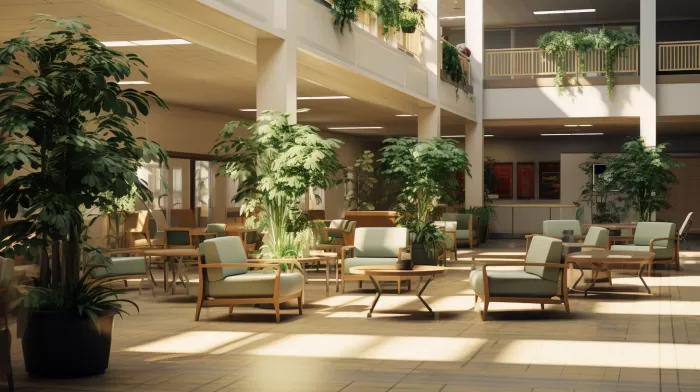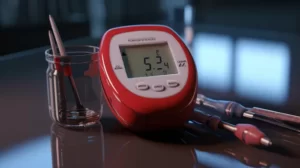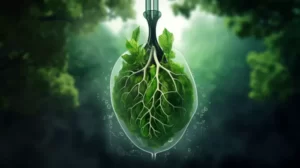Imagine stepping into a rehabilitation center filled with beautiful, lush plants, and taking a deep breath. That feeling of relaxation and well-being may not just be in your head. There’s strong evidence to suggest that plants can be a powerful ally in the healing process, particularly for patients going through intense rehabilitation.
Plants in rehabilitation: A Norwegian study
Researchers in Norway recently set out to investigate the potential benefits of introducing plants into a rehabilitation center. They conducted a study at the Røros Rehabilitation Center, where 28 new plants were placed throughout the center’s common areas. The participants, who were receiving treatment for various pulmonary disorders, rated their well-being at two and four weeks after the introduction of the plants. The researchers noted a significant change in subjective well-being among those who spent time around the plants, as reported by scientist Ruth Kjærsti Raanaas in the journal Hortscience.
This study builds on previous research that showcases the benefits of green spaces on human health and well-being. For instance, a 2010 study published in the American Chemical Society’s journal Environmental Science & Technology found that spending just five minutes per day outside in a green environment could yield health benefits.
Plants as mood enhancers
The mood-enhancing effect of spending time around plants is thought to be attributable to several factors. One possibility is that plants release chemicals called phytoncides, which have been found to lower blood pressure, boost the immune system, and even reduce stress and anxiety levels.
In addition to the physical benefits of being near plants, there may be psychological effects at play. For instance, the presence of green vegetation can trigger feelings of relaxation and calmness. Also, watching plants slowly grow and change over time can provide a sense of connectedness with nature and the passage of time, which can be particularly beneficial for patients undergoing long-term rehabilitation.
Apart from interacting with plants, taking certain herbal supplements, such as vitamin B complex and St. John’s Wort, can have a positive impact on a person’s mood and energy levels. However, it’s essential to speak with a healthcare professional before taking any herbal supplements, as they may interact with medications or cause adverse side effects.
Advantages of including plants in healthcare facilities
There are several reasons why incorporating plants into a rehabilitation center, hospital, or other healthcare facilities can provide benefits to patients:
- Improved air quality: Plants absorb carbon dioxide and release oxygen through the process of photosynthesis, thereby improving indoor air quality. Some plants can also remove volatile organic compounds (VOCs) from the air, which can be harmful to human health.
- Faster recovery: Several studies have found that patients who have a view of green spaces or are exposed to plants in their hospital rooms tend to recover faster from surgery, experience less pain, and have lower rates of complications.
- Reduced stress levels: The presence of plants has been shown to lower cortisol, a stress hormone, and promote feelings of relaxation and calmness.
- Increased focus and productivity: Research shows that being around plants can improve one’s ability to concentrate, make fewer mistakes, and complete tasks more efficiently.
How to incorporate plants into your space
If you’re looking to add some greenery to a healthcare facility, rehabilitation center, or even your personal space, here are a few popular plants known for their positive effects on health and well-being:
- Spider plant: Known for being a natural air purifier, spider plants are easy to care for and can help clean the air of harmful pollutants.
- Snake plant: This low-maintenance plant can also improve indoor air quality by removing VOCs and other toxins.
- Aloe vera: Aside from being beneficial for skin conditions, aloe vera can also help improve air quality.
- Lavender: The scent of lavender has a calming effect, making it a perfect addition to rest and relaxation spaces.
- Philodendron: These plants thrive in low-light environments and can help liven up any indoor space while purifying the air.
Adding plants to a space, whether it be a healthcare facility, rehabilitation center, or personal space is not only aesthetically pleasing, but also provides numerous health benefits to those in the environment. Consider incorporating some greenery into your surroundings to foster healing, relaxation, and well-being for everyone.



